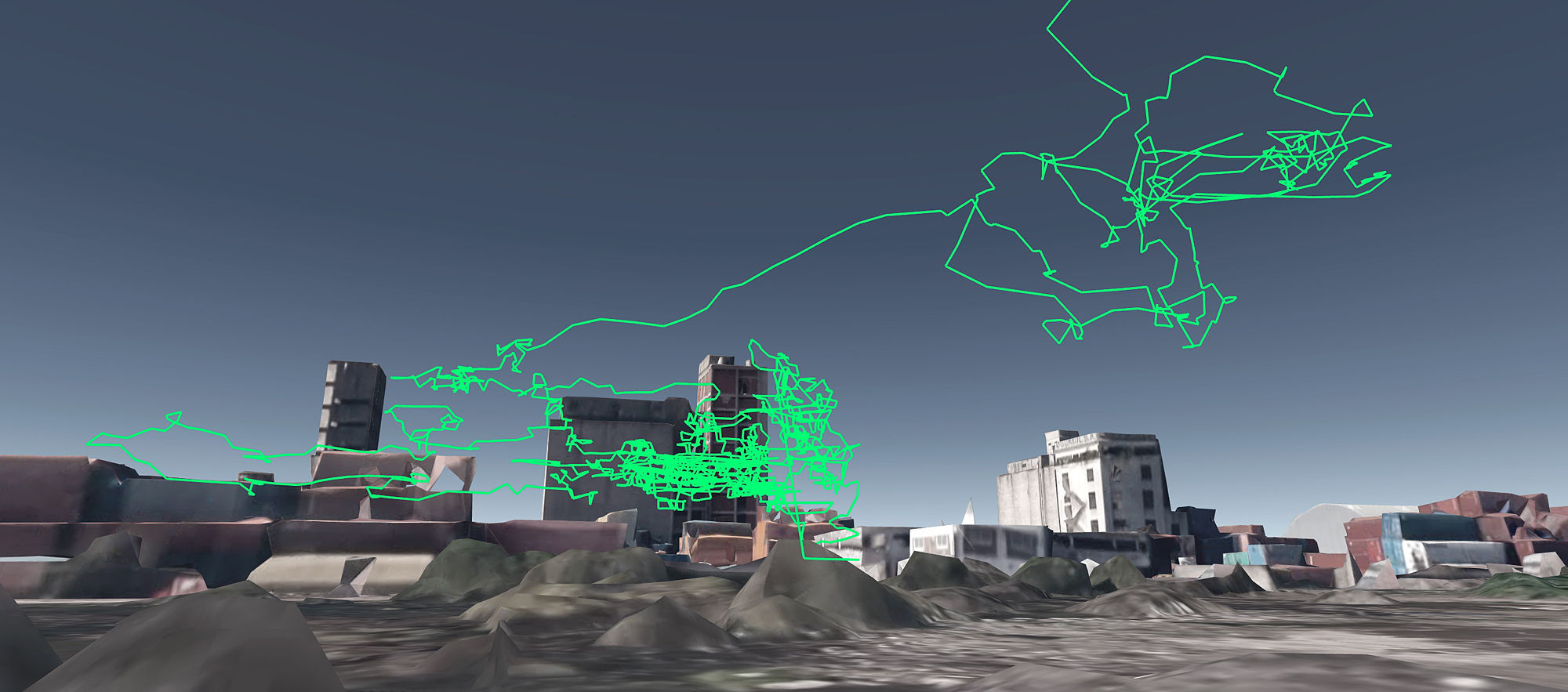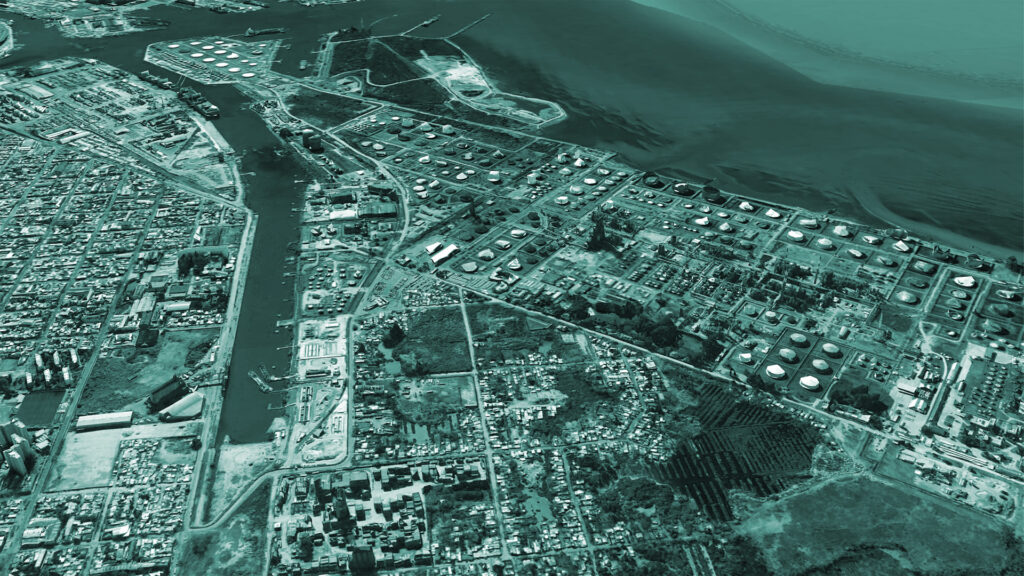What air are we breathing?
Sensora brings together an interdisciplinary team in the development of an open source air monitoring device, accessible to environmentally vulnerable groups and non-specialised users.
Using a feminist framework (encouraging the participation of women in the community), social inclusion and environmental justice through design, we develop air quality monitoring devices, participatory measurements and workshops to understand its technology.
The project proposes the use of Aerocene sculptures, which fly only with the energy of the sun, as a platform for the device and inspiration. Sensora emerges in Villa Inflamable, Dock Sud, Argentina, incorporating the perspectives of its residents and team members in its design.
Intro
Sensora brings together social and environmental scientists, artists, programmers, industrial designers, students and residents of Villa Inflamable in the development of an open source air monitoring device accessible to environmentally vulnerable groups and non-specialist users.
We want to produce information about the quality of the air we breathe, working together with all people interested in environmental justice and citizen science whether they are exposed to pollution or are in charge of reducing it.
Using a feminist framework and social inclusion through design, we think about how the development of air quality monitoring devices can help mitigate structural inequalities in environmental research, especially in socioeconomically vulnerable (vulnerable) populations who are the main victims of environmental (geopolitical) pollution.
To this end, we critically reflect on the gender dimensions of technology, and explore ways to mitigate asymmetrical power relations in North-South scientific cooperation projects.
We do this through participatory measurements with devices that measure air quality using low-cost sensors. We also provide workshops to understand how this technology works and how it is built, seeking to reach those populations excluded from technological advances for socio-economic reasons and their consequent educational disadvantage.
Together with communities, and drawing from the arts and sciences, how can we expose the impacts of fossil fuels on air quality?
Sensora Team Tweet

Aeroglyph of an Aerosolar flight in Villa Inflamable. Just like handwriting or our fingerprints, the undulating trace left by an Aerocene flight is unique.
The project proposes the use of Aerocene sculptures, which fly only with the energy of the sun and the air we breathe, to facilitate high-altitude shots of the air quality measurement device and as an inspiration to think of different possible futures without the use of fossil fuels.
Sensora arises in Villa Inflamable, Dock Sud, Argentina, a community that coexists with a gigantic petrochemical pole. A real attempt has been made to think about how the residents of Villa Inflamable will receive and make sense of the Sensora monitor, working together with this community to co-design a tool that will serve and benefit those most affected by environmental damage.
It also seeks to focus attention on the conditions of inequality of certain populations and make visible the consequences of exposure to pollution in order to open up the question: why do we normalise the fact that low-income populations are more exposed to greater environmental pollution?

Aerial view of the Riachuelo, the Port of Buenos Aires with its Flammables dock, the petrochemical pole of Dock Sud and below, among trees and marshes, Villa Inflamable.
